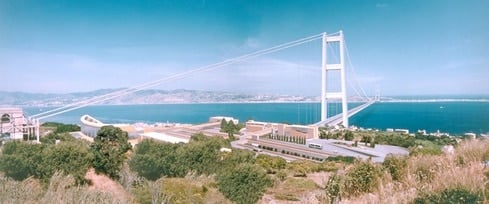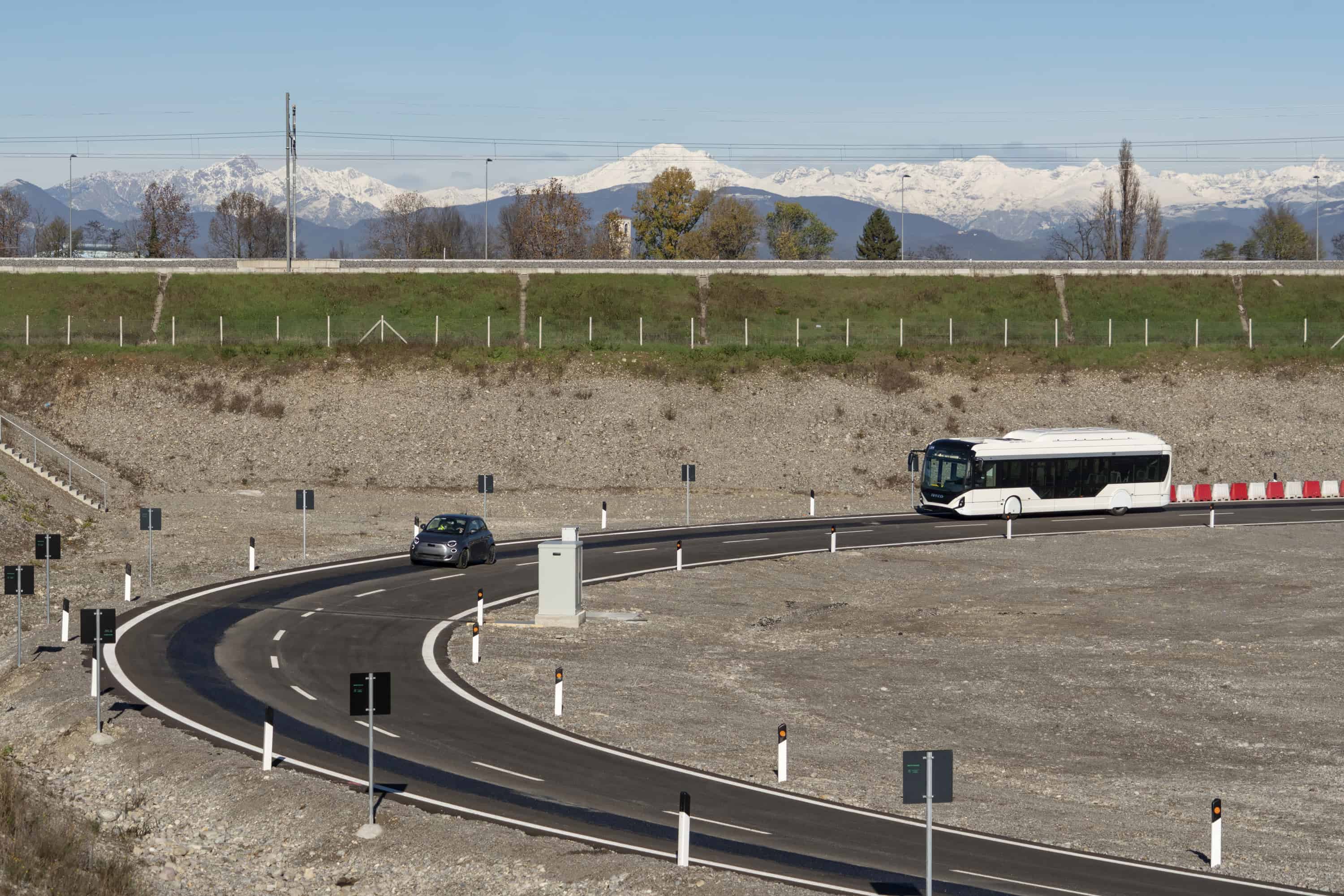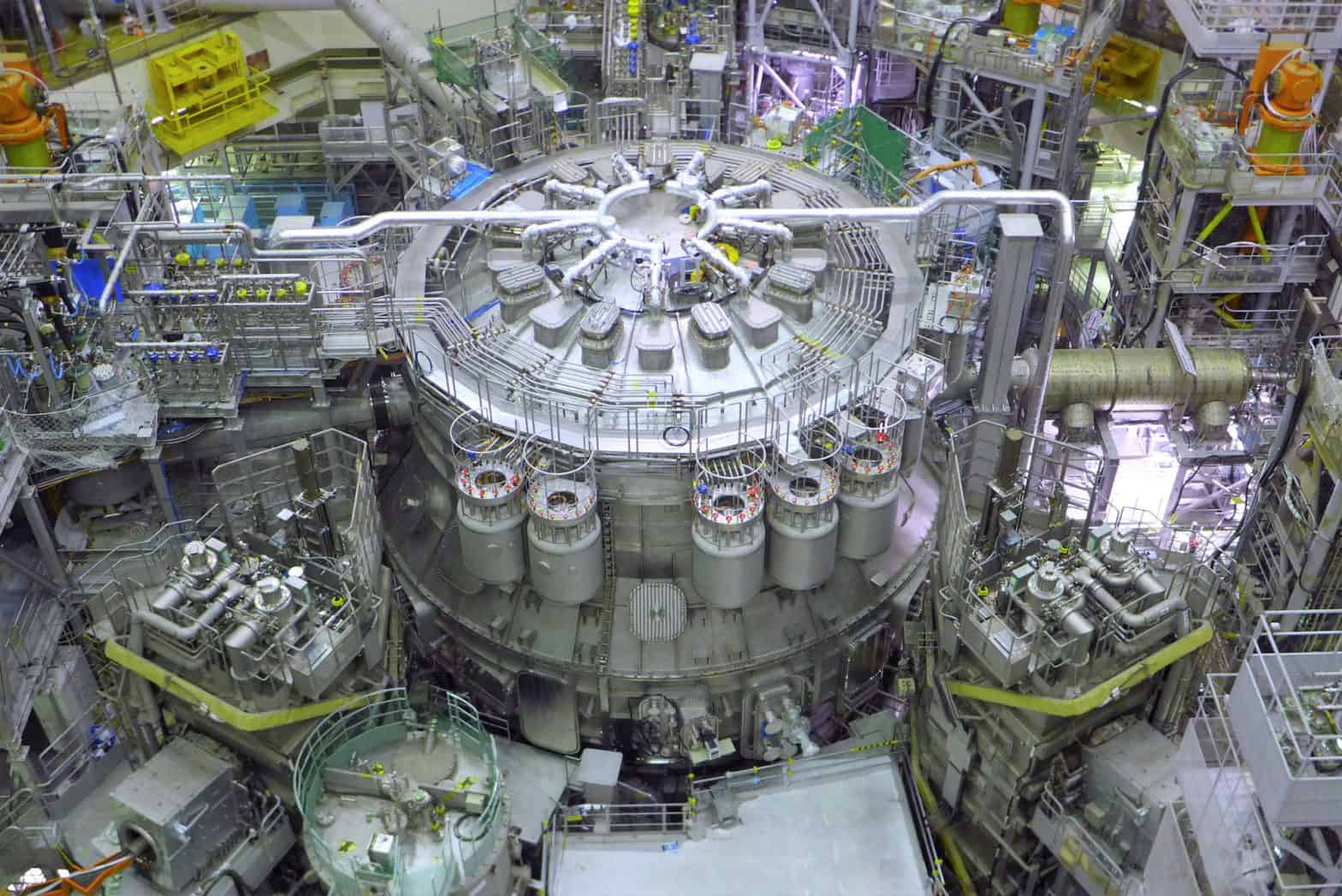
Italy is set to connect Sicily to the mainland with the world’s longest suspension bridge, spanning 3,300 meters – a staggering 60 percent longer than the current record-holder, Turkey’s Canakkale Bridge. The ambitious project, championed by Italy’s minister of Infrastructure Matteo Salvini and backed by Berlusconi, has faced numerous political and technical challenges throughout its history.
With a structural height of 380 meters, the Messina Strait bridge will also become the world’s tallest, outstripping France’s Millau Viaduct by 38 meters. Designed to carry 6,000 vehicles per hour and 200 trains per day, the bridge will dramatically reduce travel time between Sicily and mainland Italy from two hours to under 10 minutes. Some critics argue that the project, now estimated to cost €8.5 billion, serves as a political pawn and fuels infrastructure populism, while proponents see it as a symbol of Italy’s engineering prowess.
A Century in the Making
The concept of a bridge connecting Sicily to mainland Italy dates back to Roman times, with temporary structures allegedly built using barrels and boats. The idea was revisited by Mussolini, but it wasn’t until Berlusconi’s government in the early 2000s that Brussels provided funding. In 2009, the Messina Strait Company was awarded a construction contract, but the project was halted in 2013 due to austerity cuts. Now, Italian Prime Minister Giorgia Meloni seeks EU funding for the multi-billion euro proposal, with construction potentially starting in two years and taking about five years to complete.
Advocates for the bridge argue that it will benefit Sicily’s stagnating economy, close Italy’s wealth gap, and save time and money on long sea voyages for cargo ships from the Suez Canal[1]. Additionally, the rail and road connection would alleviate pressure on overcrowded ferry services[2]. Critics, however, maintain that the bridge would be a waste of public funds and pose risks in an active seismic zone. Environmentalists also express concerns about potential damage to local ecosystems and the landscape.

Political Pawn or Engineering Marvel?
One reason the project has faced numerous cancellations and revivals is the political and financial interests it serves. According to Nicola Chielotti, a lecturer in diplomacy and international governance at Loughborough University in London, interest groups profit from the planning work even if the bridge never materializes. Salvini himself has acknowledged that “it’s less expensive to build the bridge than to not build it.”
The project’s politicization, with support mainly from the right and opposition from the left, might also be a case of “infrastructure populism,” according to Angelini. The nationalist rhetoric surrounding the bridge positions it as a symbol of Italy’s grandeur and the nation’s ability to build a bridge longer than any other in history.

Engineering Challenges and Innovations
The current design for the Messina Strait bridge features a single-span suspension structure with a length of 3,300 meters. Previous plans included three spans, with two pylons built in the sea and each sunk between eighty and hundred meters below sea level. However, these plans were deemed unworkable due to the strong currents in the strait and the risk they posed to shipping.
Suspension bridges, the world’s most extended bridge type, range from 2,000 to 7,000 feet in length. The longest suspension bridge currently in existence is Japan’s Akashi Kaikyo Bridge, with a 6,527-foot span and a total length of 12,828 feet. These bridges require aerodynamic stability to minimize vibration and swaying, as they are susceptible to wind forces.
A New Era for Italy?
If completed, the Messina Strait bridge would bring the nearly five million people living on Sicily much closer to the rest of Italy, reducing travel time by train from around two hours to under ten minutes. The ambitious project, despite facing numerous political and technical challenges, could signal a new era for Italy and its engineering capabilities. While critics argue that the project serves as a political pawn and fuels infrastructure populism, proponents see it as a symbol of Italy’s engineering prowess and a testament to the nation’s ability to overcome obstacles.
Sources Laio used to write this article:
– Italian government approves plans to build world’s longest suspension bridge.
– World’s Longest Suspension Bridge Will Soon Connect Sicily to Mainland Italy; How Does This Kind of Infrastructure Work?
– The World’s Longest Suspension Bridge Is History in the Making.
– Sicily and mainland Italy might soon be linked by the world’s longest suspension bridge.








